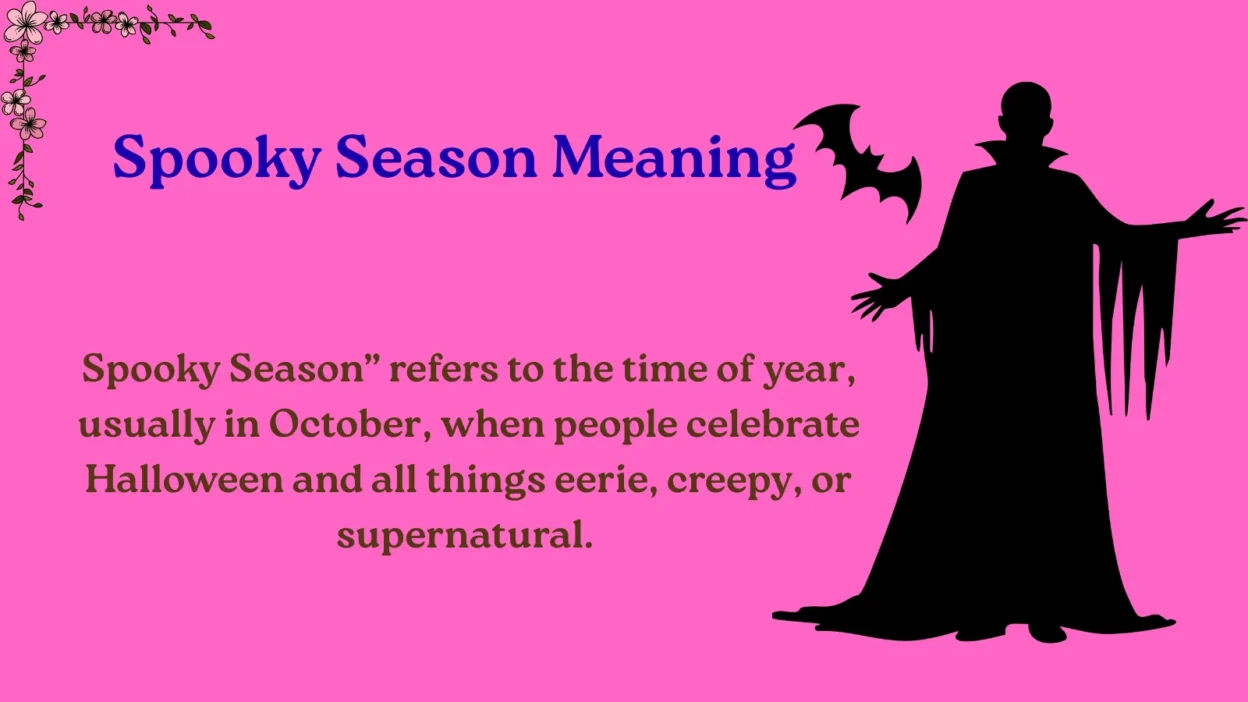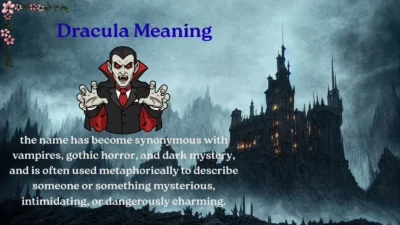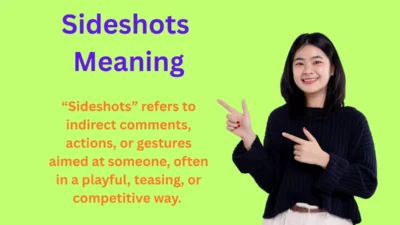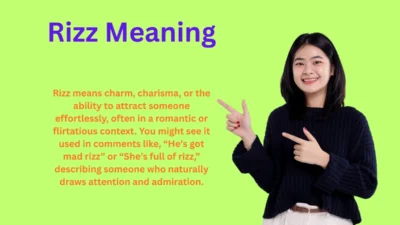Curious about the Spooky Season Meaning—and why everyone goes all out with costumes, pumpkins, and spooky vibes? Spooky Season means the time of year, typically around October, when people celebrate all things creepy AF and Halloween-themed. It’s a period filled with costumes, haunted houses, pumpkin carving, and playful scares that embrace the fun side of fear. You might hear it in conversations like, “I love cozying up during spooky season” or “Spooky season vibes are the best.”
In modern culture, spooky season has grown beyond just Halloween night — it’s a whole month (or even weeks) of decorations, themed treats, horror movies, and festive activities. Whether you’re sharing memes on social media, attending a costume party, or planning a haunted event, knowing what spooky season means helps you connect with the fun, eerie energy of the season.
In this article, we’ll explore the meaning of spooky season, how it’s celebrated, and examples of how people use the term in everyday life.
What Does Spooky Season Mean?
“Spooky Season” refers to the time of year, usually in October, when people celebrate Halloween parties and all things eerie, creepy, or supernatural. It’s a period filled with fun scares, themed parties, haunted houses, pumpkin carving, and horror-inspired entertainment.
The term captures the festive, playful, and slightly spooky atmosphere that many look forward to each fall.
Example Sentences:
- “I’m so excited for spooky season — it’s time for pumpkin spice and haunted houses!”
- “Spooky season vibes are unmatched when the leaves start falling.”
- “During spooky season, my friends and I watch Dracula every weekend.”
Key Points to Remember:
- Spooky season usually lasts from early October until Halloween night.
- It’s associated with Halloween traditions, autumn activities, and playful frights.
- The term is widely used on social media, in pop culture, and in everyday conversations to describe the overall atmosphere of October.
Usage in Different Contexts
1. Social Media
People use “spooky season” in captions, memes, and posts to announce the arrival of Halloween vibes.
Examples:
- “It’s finally spooky season 🎃🕸️”
- “Dracula is on fire, playlists are dark — spooky season is here.”
2. Conversations & Texting
Used to describe someone’s excitement for Halloween or fall.
Dialogue Example:
A: “Why do you have fake cobwebs in September?”
B: “Spooky season starts early for me!”
3. Marketing & Pop Culture
Brands use it to promote limited-edition products — from pumpkin spice lattes to horror movie specials.
Example:
“Netflix’s spooky season lineup is all treats, no tricks.”
4. Gaming & Online Communities
Gamers or streamers might call October “spooky season” when adding Halloween skins, maps, or horror themes.
Common Misconceptions & Clarifications
1: Spooky season is only for Halloween night.
Reality: It typically spans the entire month of October (sometimes extending into late September or early November).
2: It’s all about being scared.
Reality: It’s more about fun, nostalgia, and community vibes than real fear.
3: It’s just an American thing.
Reality: Though it started in the U.S., it’s now used worldwide on social media.
Similar Phrases & Alternatives
| Term | Meaning | Usage Example |
| Halloween Season | The official holiday period | “Halloween season decorations are out already.” |
| Fall Vibes | Autumn atmosphere and coziness | “Sweaters and cinnamon candles — full fall vibes.” |
| Scary Season | A more horror-focused version | “Horror fans, scary season is upon us!” |
| Pumpkin Season | Refers to the pumpkin-flavored food craze | “Pumpkin season means latte overload.” |
Regional & Cultural Variations
- U.S. & Canada: Commonly used for Halloween celebrations, haunted houses, and fall festivals.
- U.K.: Gaining popularity through social media and American influence.
- Australia & Asia: Used online even though Halloween isn’t widely celebrated.
- Latinx & Caribbean Cultures: Sometimes overlaps with Día de los Muertos traditions.
How to Use “Spooky Season” Naturally
- “Spooky season is my favorite time of year.”
- “We’re decorating the house — it’s spooky season!”
- “That outfit is giving major spooky season vibes.”
- “Can’t wait for the spooky season playlist drop.”
Tip: Use it casually in conversation or online posts — it’s all about fun, not formality.
Frequently Asked Questions
1. What does spooky season mean in slang?
It means the time of year around Halloween is filled with fun, scary, and cozy fall activities.
2. When is spooky season?
Mostly during October, though some people start in late September.
3. Who uses the term spooky season?
Mainly Gen Z, millennials, and brands promoting Halloween content.
4. Is spooky season only about fear?
No — it’s more about fun, nostalgia, and the autumn aesthetic.
5. Where did Spooky Season come from?
It emerged from social media culture and Halloween fandoms in the U.S.
Conclusion
Spooky Season is more than just Halloween — it’s a celebration of all things eerie, fun, and festive during the fall. From haunted houses and horror movies to pumpkin patches and themed parties, this season brings people together to enjoy playful frights and cozy autumn vibes.
Using the term “spooky season” captures the excitement, creativity, and seasonal spirit that make October so special. Whether you’re decorating, attending events, or sharing memes online, embracing spooky season is all about celebrating the thrill of the eerie in a fun and festive way.





